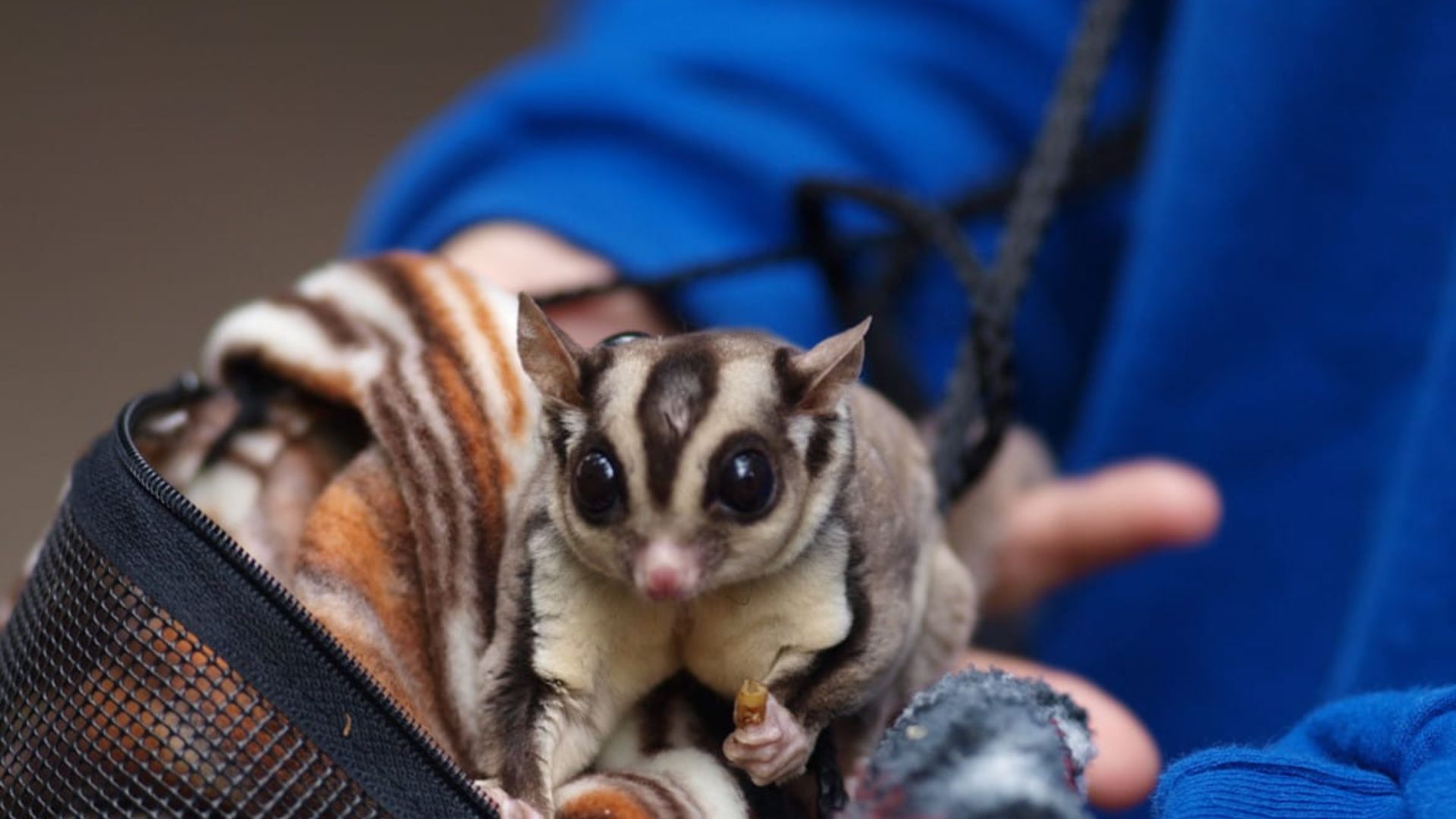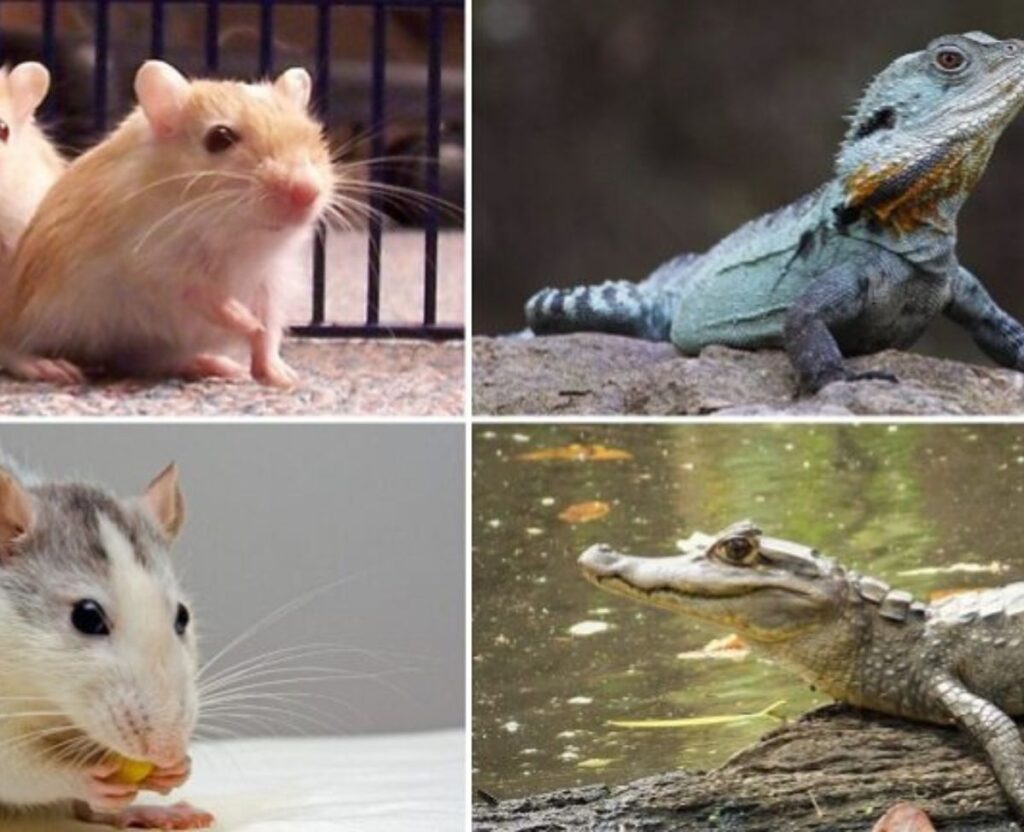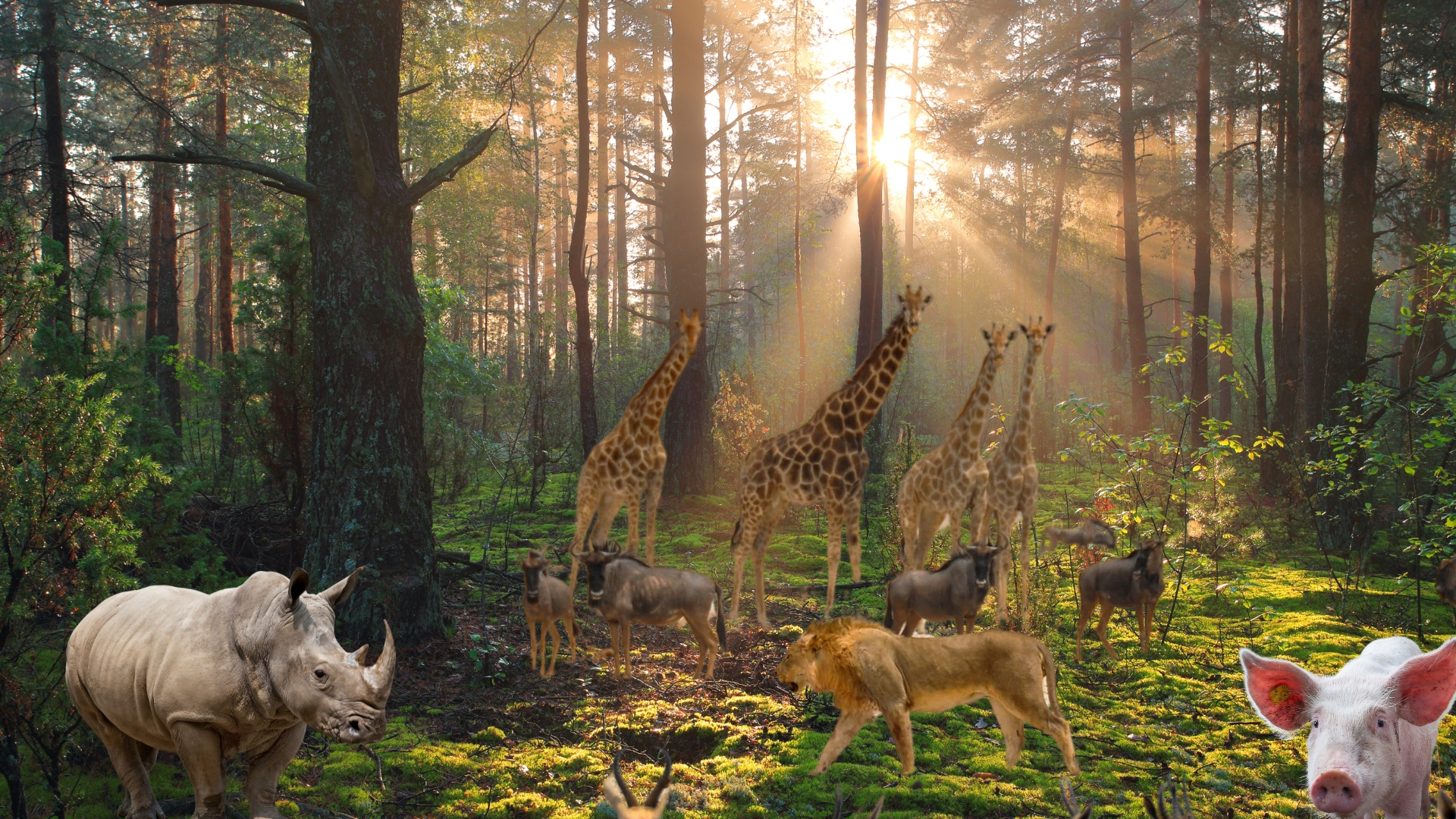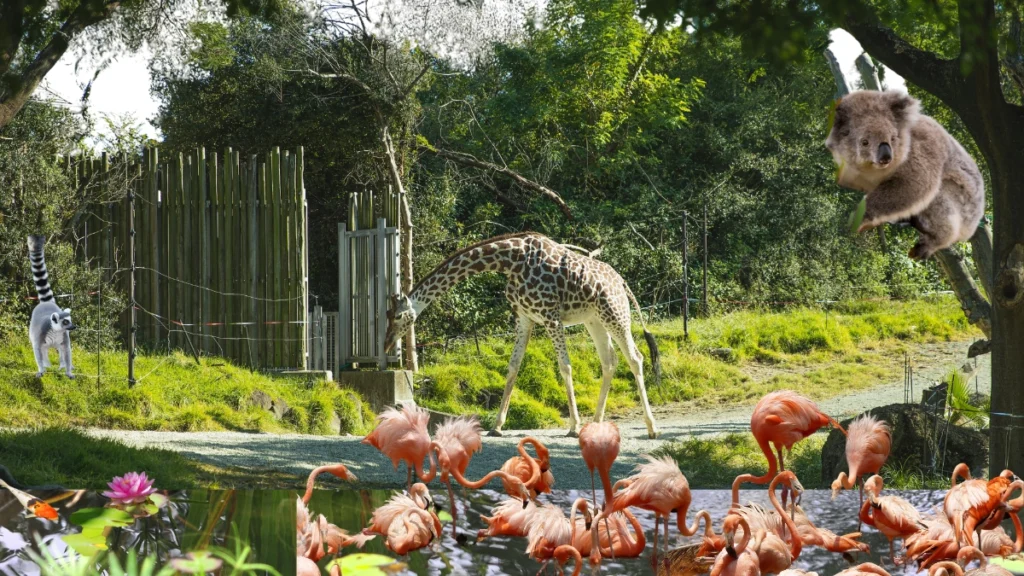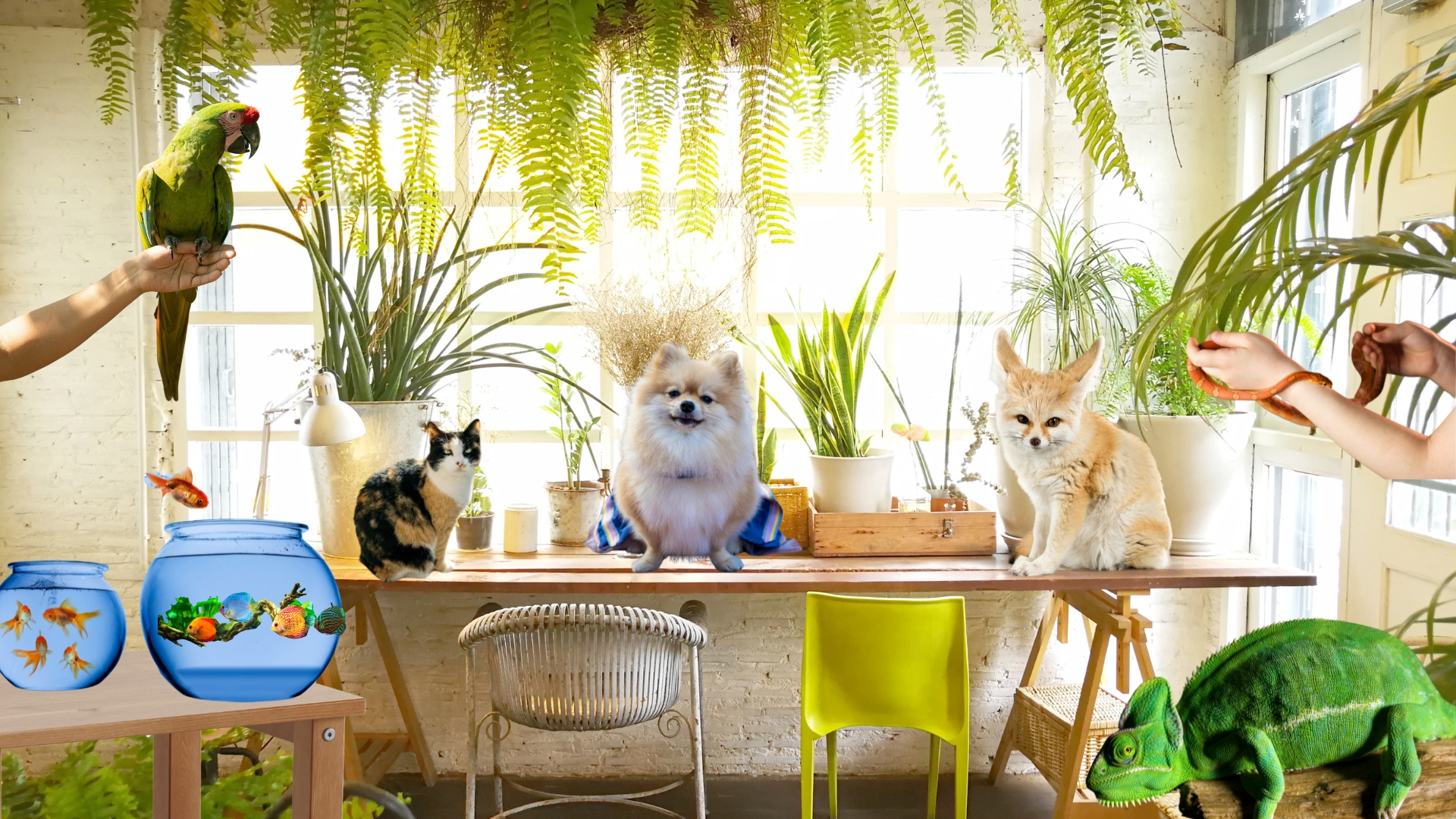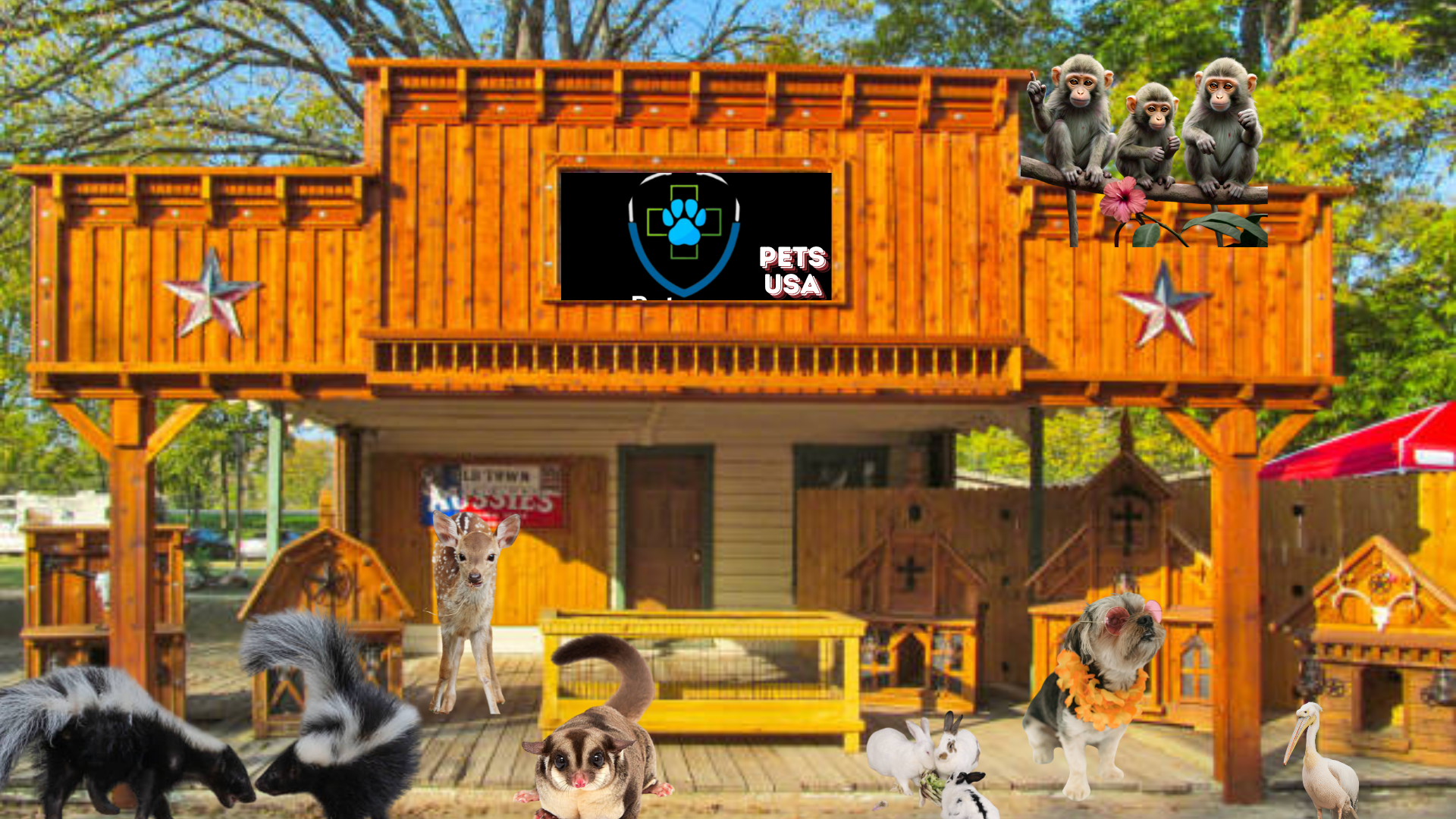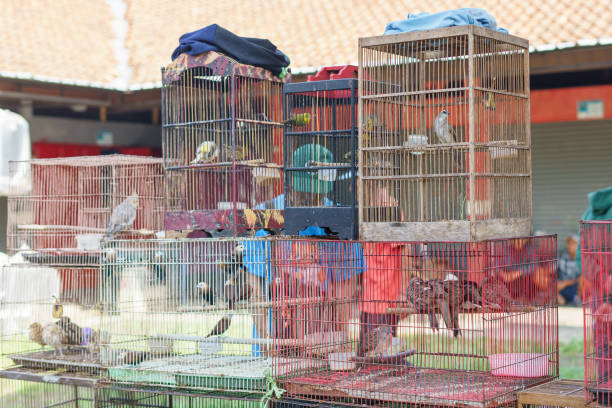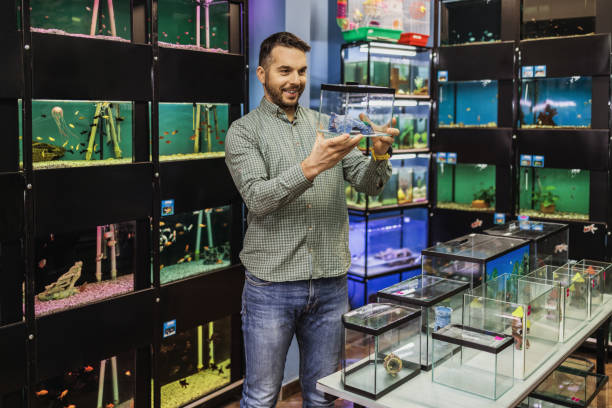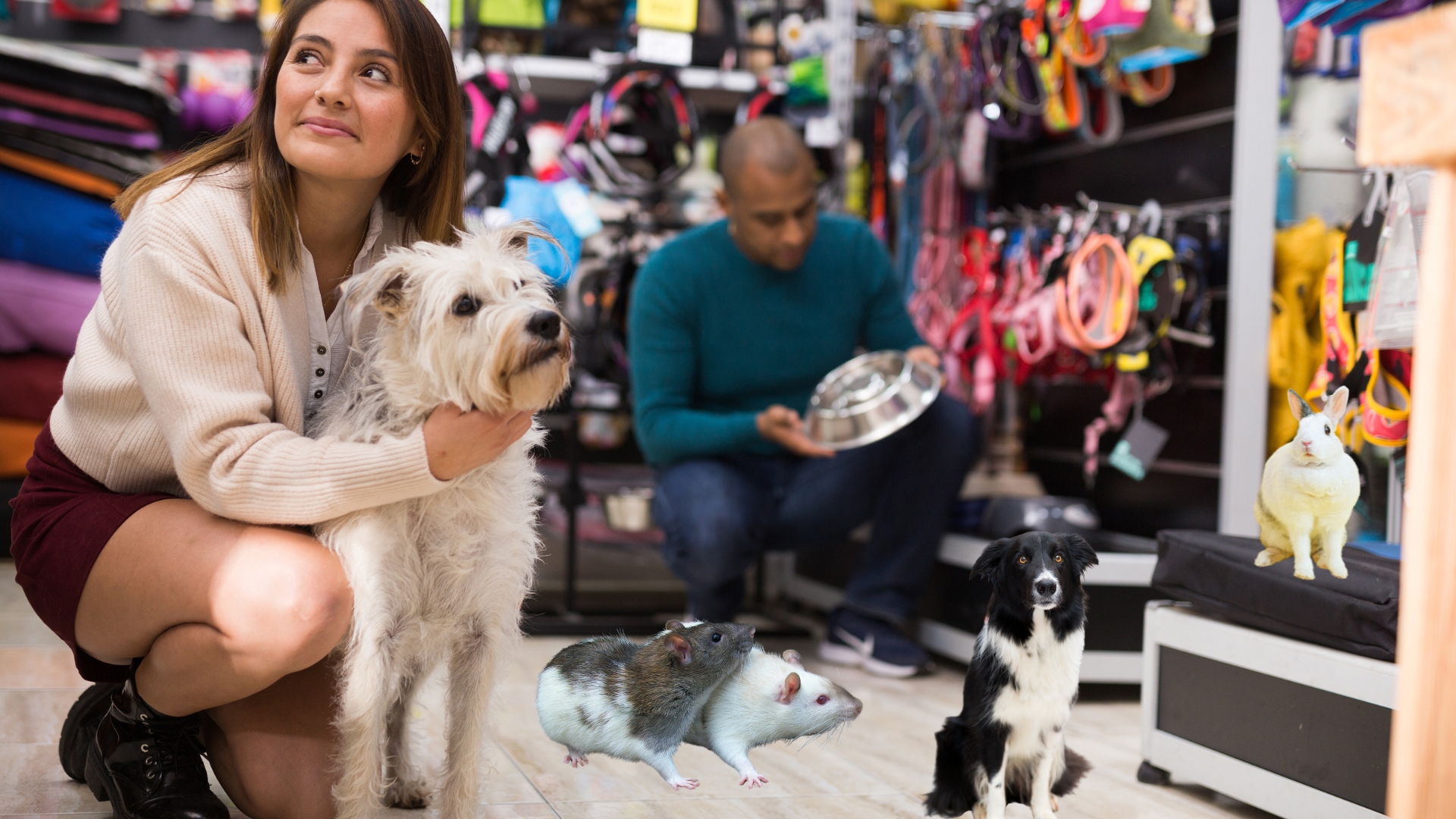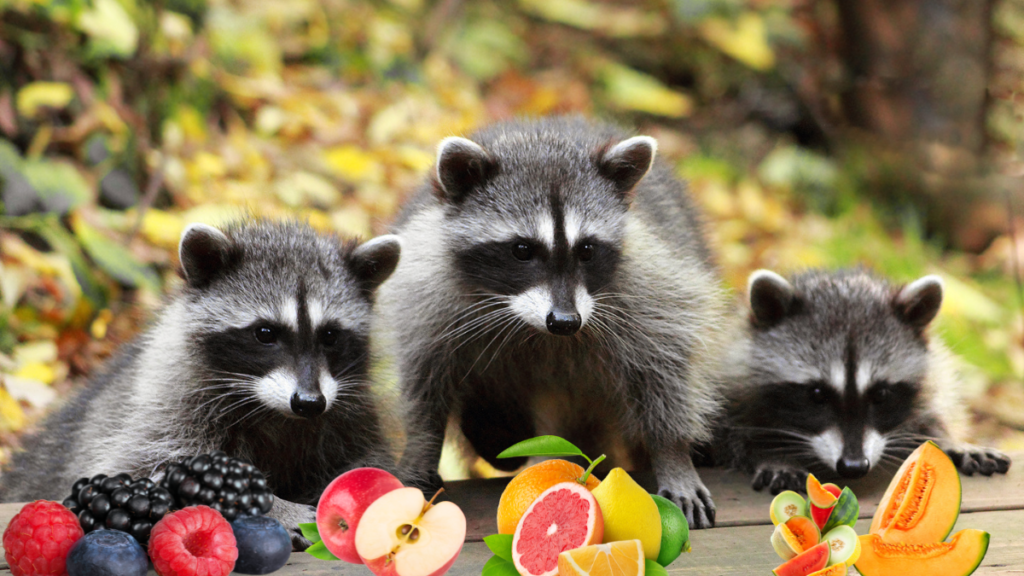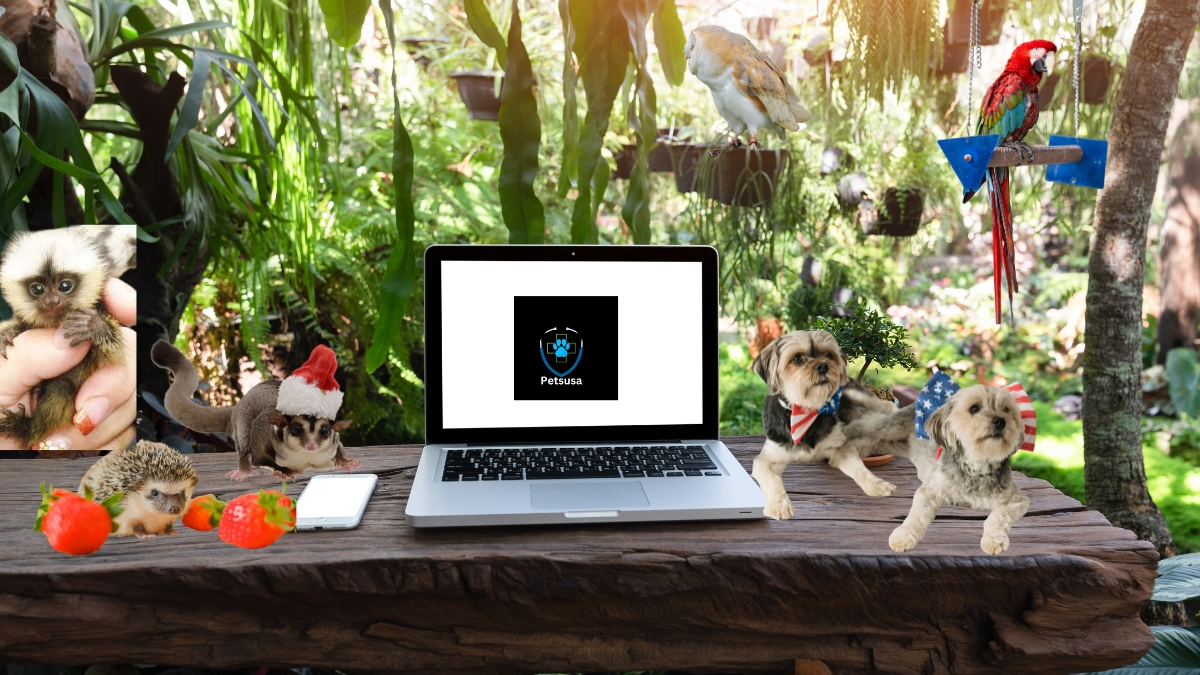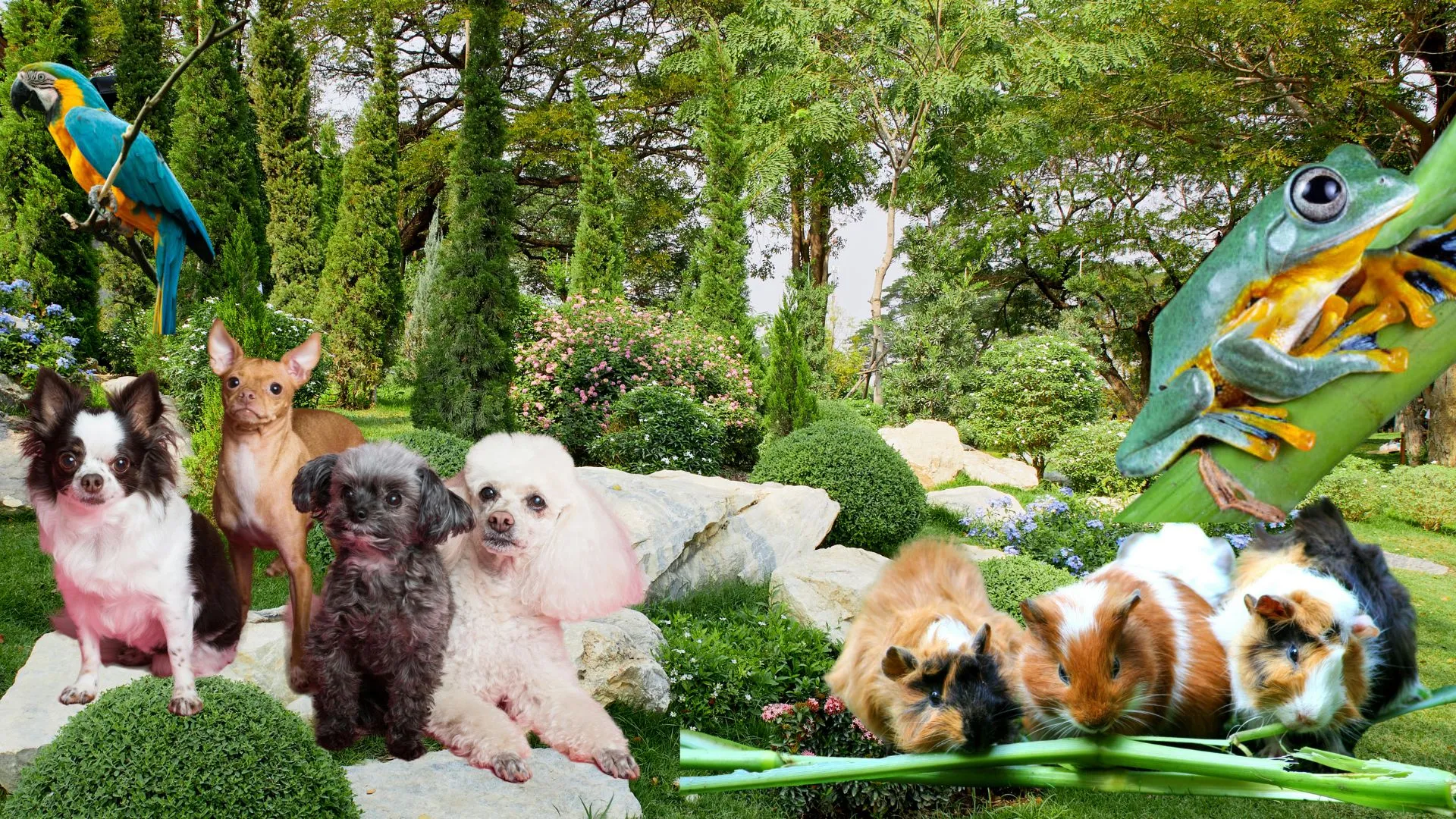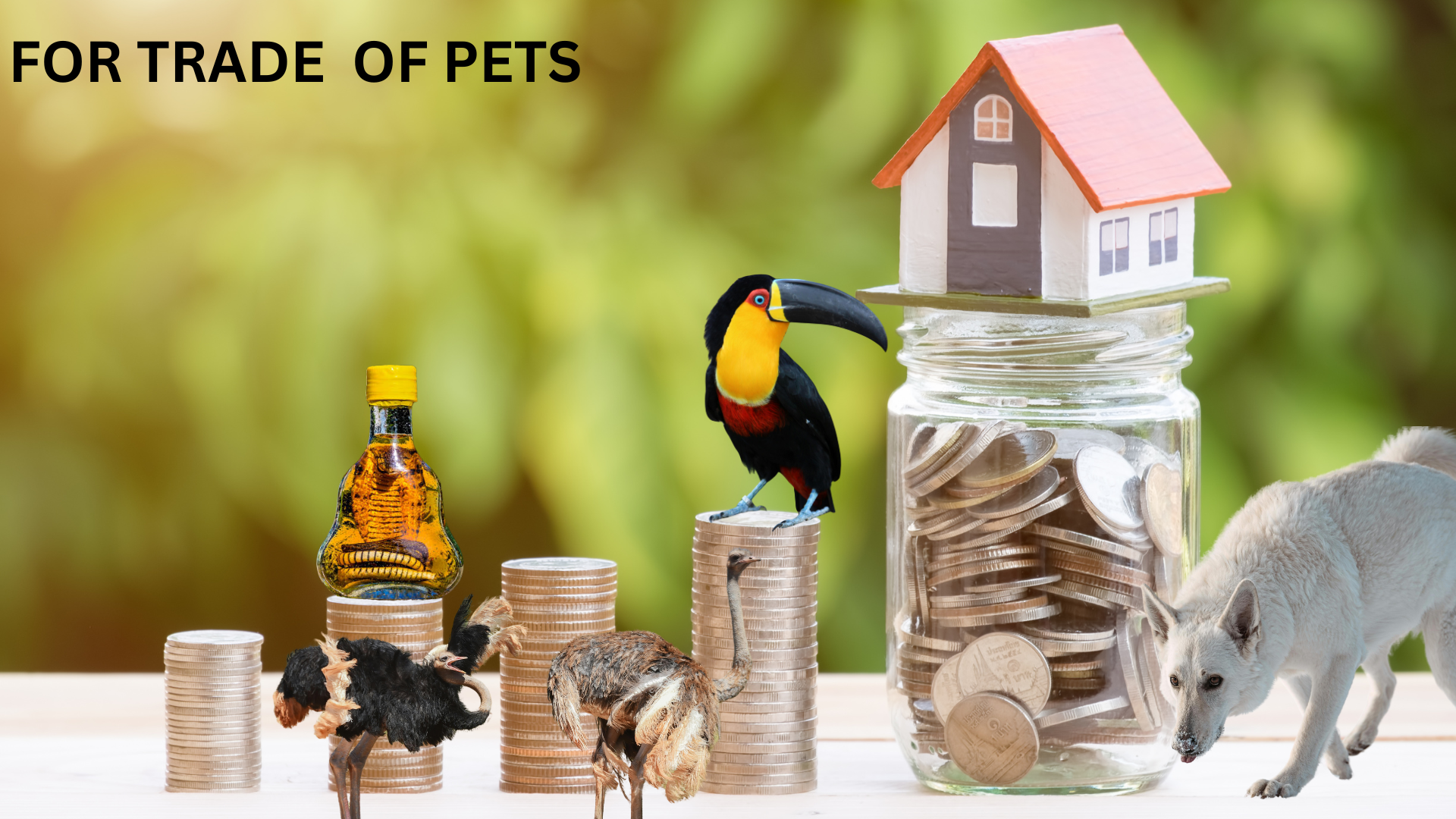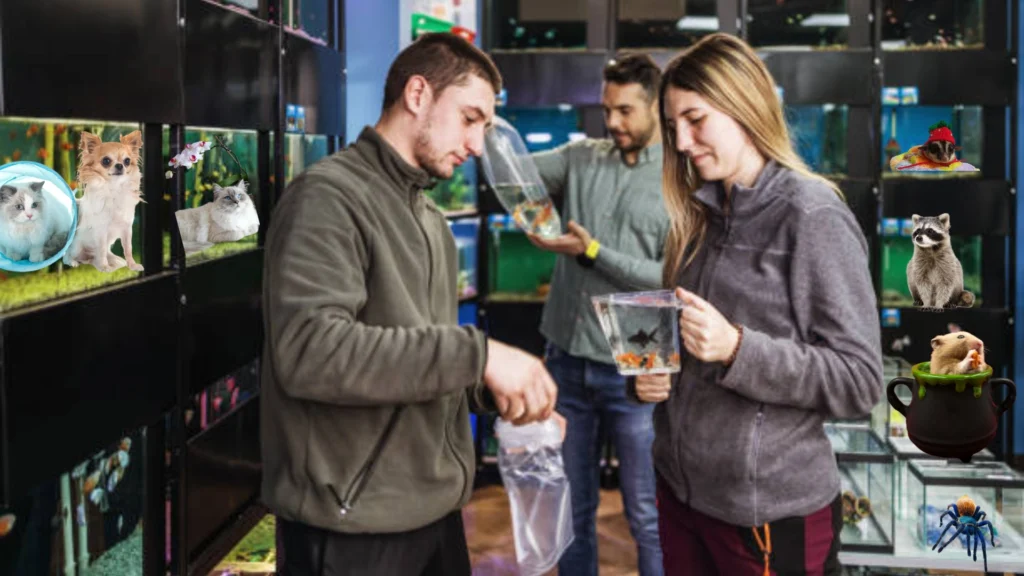Sugar gliders as an exotic pet are small marsupials, not rodents. Sugar gliders are related to kangaroos and koalas. They are about the size of a palm and have big black eyes and large ears. They have a dark stripe down their back and skin flaps on their sides to help them glide.
These are exotic pets that are active at night and weigh between 2.5 and 5.5 ounces. Wild sugar gliders have a black stripe and white belly, but those bred in captivity can have different colors and patterns. Wild sugar gliders live in groups of 6-10 and are friendly.
They live about 6 to 7 years. Keeping a sugar glider as a puppy can certainly be worthwhile. But, those curious and smart marsupials want an extensive level of specialized care, socialization, and nutrition to stay healthy. In this publication, our Westfield vets share a few key factors you have to remember while figuring out how to maintain a sugar glider as a pet.
Sugar Gliders: Are They the Perfect Pet for You?
Sugar lightweight planes could make stunning unmistakable pets and you ought to get them from covers, doggy stores, and raisers across America. They are extremely stressful, social, and inquisitive creatures who frequently structure deep-rooted close bonds with their families.
Yet, sugar lightweight flyers are pets that require a lot of time and care, our Westfield vets prescribe carving out opportunities to find out about this creature and their prerequisites before choosing to bring one home.
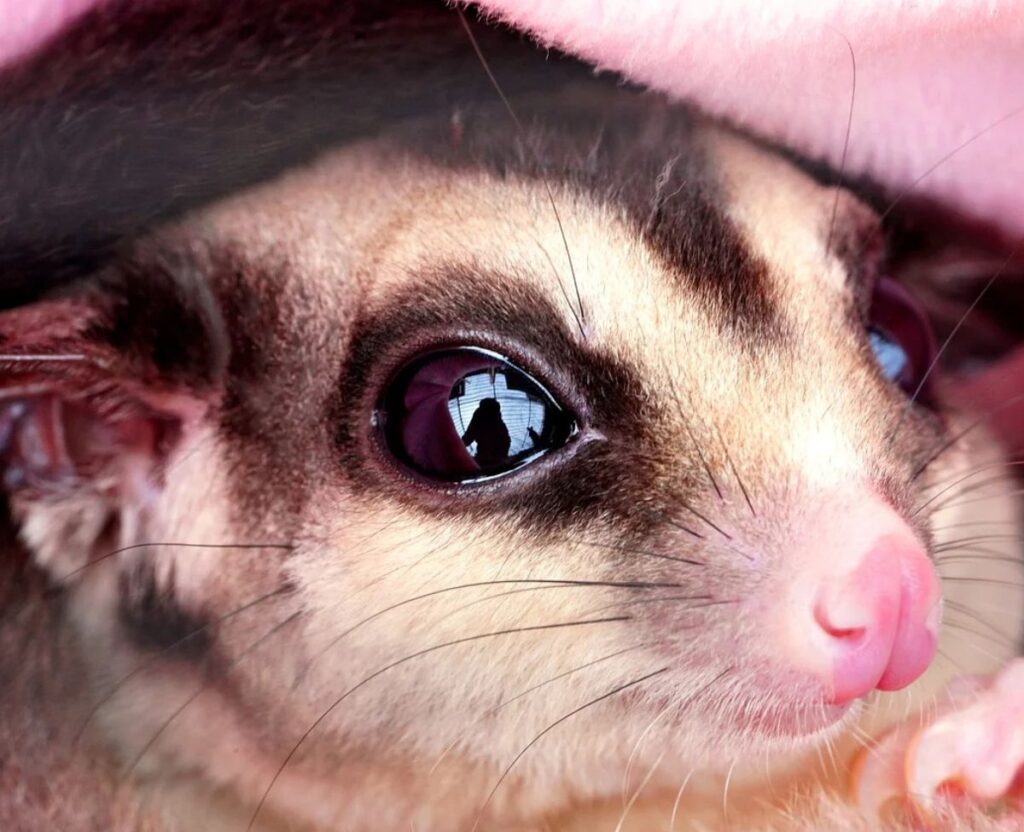
The Nutritional Needs of Sugar Gliders
The nutritional needs of these are small. They are omnivores and feature specific dietary behaviors that have to be met so as for them to stay healthy. Despite what you may consider, sugar gliders devour very little fruit. While there is no preferable sugar glider diet, we recommend dividing their diet into 3 parts.
A big part of their day-to-day admission can be business pellets, a quarter ought to be green, verdant vegetables and the last quarter is a protein like cooked egg, lean meat, and bugs.No matter what the points of interest of your sugar glider’s eating regimen, including variety, and variety is basic.
Stimulation And Housing of Sugar Gliders
Sugar gliders as an exotic pet need a cage. It is big enough for them to exercise and carry out activities including leaping, leaping, and gliding. The bare minimal cage length for this pet is considered to be 3′ by 2′ by way of three’.
Sugar lightweight flyers additionally have gained notoriety for being slick people, you want to ensure the bars aren’t excessively far apart. Your gilder’s enclosure ought to incorporate various stages, toys, and invigorating exercises like bird toys, swings, and rat wheels.
Also, you should seldom keep just one sugar glider as a pet. These animals are very social by nature, so in addition to daily handling and playtime, they will need a companion to keep them company.
A Sugar Glider’s Medical Requirements
Very much like other pets, sugar lightweight flyers are inclined to different diseases and circumstances. Some of the most unusual fitness situations determined by sugar gliders are dental fitness problems, weight issues, and strain-related illnesses.
Problems along with oral fitness and weight issues frequently stem from mistaken vitamins. Overly sugary foods can result in weight problems and enamel decay and an incorrect food plan can just as effortlessly cause malnourishment. In addition to this, if you do not deliver your nocturnal sugar gliders an adequate threat to sleep during the day, they’ll frequently increase stress-related issues and conditions.
Bonding With Your Sugar Glider
You could have heard that there is a holding (or subduing) process you want to execute while acquiring a sugar lightweight plane with their life as a sidekick creature.
They need day-to-day taking care of and recess to become familiar with their proprietors, any other way, they can get nippy. To this end, sugar-lightweight planes probably won’t be a decent pet for families with small kids. Since they have a partiality for pockets, sugar lightweight flyers will frequently twist up in a pocket or uncommonly planned sugar lightweight plane pocket.
Sugar Glider Handling and Behaviour
- Sugar gliders can be difficult to handle, especially if they are young or poorly socialized. They should never be caught by the chin or tail.
- They should spend at least an hour or two a day with their humans. They are highly social animals and prefer to spend time with other sugar gliders. Therefore, they are usually happy in groups of three or more.
- If they don’t have enough emotional and environmental enrichment, sugar gliders can mutilate themselves, which can cause hair loss, pain, and infection.
Pros of Keeping a Sugar Gliders
Unique Companionship of Sugar Gliders:
They are pretty exclusive from most pets. They can flow through the air and are lively at night, making them captivating to observe. They can end up near their proprietors and display affection by licking and cuddling.
Small Size Sugr Glidders:
They’re small, approximately 5 to 6 inches long, and no longer inclusive of their tail. This makes them an amazing preference for people with restrained areas. Even though they don’t need a big living vicinity, they do require a properly-prepared cage to live satisfied and healthful.
Low Noise Levels of Sugar Gliders
Sugar gliders are normally quiet. They may make some noise at night time when they’re energetic, but they typically do not disturb your sleep.
Social Animals:
They are very social creatures. They enjoy the company of other sugar gliders or their human proprietors. When they get sufficient attention, they’re playful and tasty.
Cons of Keeping a Sugar Glider
Nocturnal Lifestyle of Sugar Gliders
They are lively at night. If you’ve got trouble dozing or are busy at some point in the day, their nighttime hobby would possibly bother you. They need a variety of attention and playtime when they’re conscious, which may be hard for some humans.
Specialized Diet of Sugar Gliders
Feeding sugar gliders may be complicated. They want a balanced weight loss program with the result, of vegetables, protein, and unique supplements. It takes an attempt to ensure they get all of the nutrients they want.
High Maintenance:
Sugar gliders need an entire lot of care. Their cage should be large and full of toys and mountaineering items. They also want regular time with their owners to stay satisfied and social.
Health Concerns:
They could have health issues, like bone and dental troubles. They need regular check-ups with a vet who knows about individual pets, which can be more expensive than caring for more common pets.
Legal and Ethical Issues:
In some locations, you may want to allow or might not be allowed to keep sugar gliders. It’s essential to check neighborhood rules. Some human beings accept as true that extraordinary pets like sugar gliders shouldn’t be saved as pets due to their unique wishes and natural behaviors.
Conclusion
The conclusion advises careful consideration before getting a sugar glider as a pet. They require specific care including a specialized diet, ample space in a properly equipped cage, and attention during nocturnal hours. They are susceptible to health problems and may not be legal to own in all areas. If you can provide for their needs, sugar gliders can be rewarding companions, but research beforehand.


